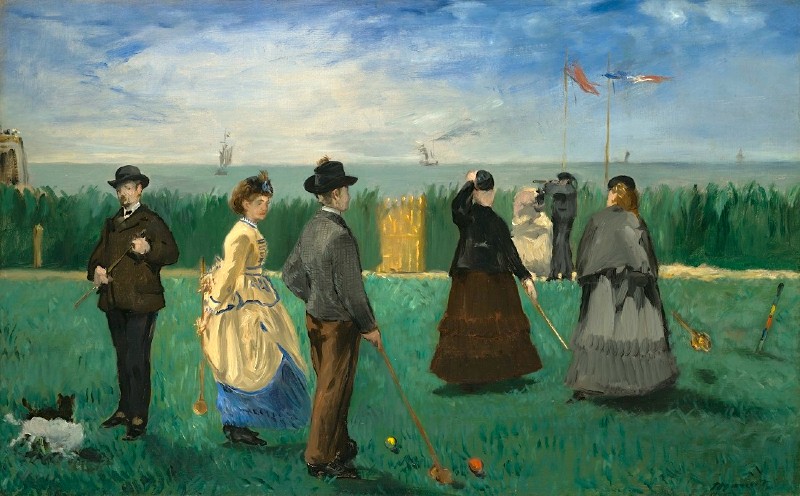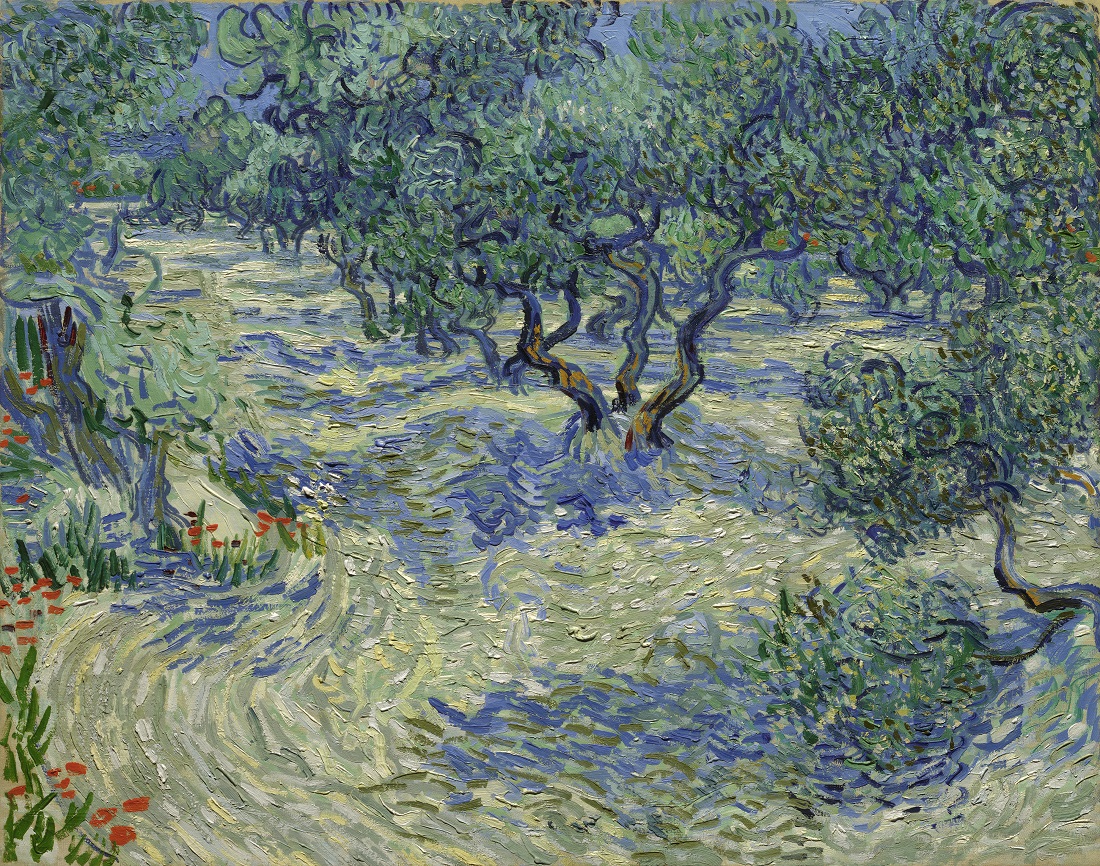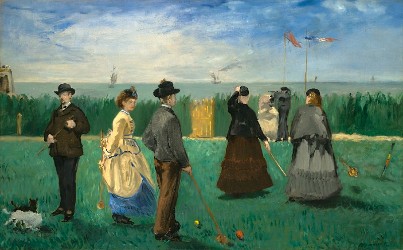
KANSAS CITY, Mo. – A 12-year scholarly project involving curators, conservators, scientists and independent scholars at the Nelson-Atkins Museum of Art in Kansas City culminates with the launch of a digital catalog of the museum’s French paintings and pastels. Built on the Quire digital platform developed by the Getty Foundation and refined for museum use through close collaboration, this catalog marks the Nelson-Atkins’ first foray into the field of digital publishing, offering free and open access to all.
With support from the National Endowment for the Arts, the Kress Foundation and the Bloch Family Foundation, it encompasses the most up-to-date scholarship and conservation examination of the museum’s collection of 106 French paintings and drawings from the 1600s to the 1900s. The catalog includes the recent gift of Impressionist and Post-Impressionist masterworks given to the museum by the Henry and Marion Bloch family.
“Claude Monet wrote that he hoped his Water Lilies triptych (c. 1915-1926), of which the Nelson-Atkins owns the right panel, would offer a refuge of peaceful meditation from the war,” said project director Aimee Marcereau DeGalan, curator of European Arts. “I have the same hope for the first digital release of our French paintings catalog during these uncertain and unprecedented times: that it facilitates a space of contemplation amidst the turmoil of present-day life.”
The digital catalog launches with four paintings and related curatorial and technical essays: Edgar Degas’s Rehearsal of the Ballet, Edouard Manet’s The Croquet Party, Paul Cezanne’s Quarry at Bibémus, and Vincent van Gogh’s Olive Trees. Each of the essays provides a fresh glimpse into new information that deepens knowledge and understanding of these beloved paintings.
Each month, essays about two more paintings will be added to the site, which will be highlighted through the museum’s social media platforms, creating a focus on French paintings for the next three to four years.
The catalog begins with a provocative essay on the history of collecting French paintings at the Nelson-Atkins, authored by Marcereau DeGalan, chronicling important acquisitions through the years. This essay highlights the exhaustive research undertaken by many individuals on each object’s provenance and history. For example, Degas’s Rehearsal of the Ballet pastel was the first purchase for collector Louisine Havemeyer around 1877 on the advice of her friend, American artist Mary Cassatt. The pastel launched both the Impressionist collection of Havemeyer and the advising career of Cassatt. And in 1932, Van Gogh’s Olive Trees was the second painting by that artist to be acquired by a civic museum in the United States and required a petition to bolster support for this artist who was relatively unknown in Kansas City.
The four essays that focus on particular paintings will shed new light on familiar works of art. For example, Manet’s The Croquet Party (above), 1871, highlights the artist’s interest in fashion, and how the game of croquet offered a space for flirtation between the sexes. The technical and curatorial essays on Degas’s Rehearsal of the Ballet readdresses and settles the question of the order of the monotypes in the National Gallery of Art, Washington, and the Nelson-Atkins collection, and documents the compositional changes between the monotype and the pastel over monotype. And in the essay on Quarry at Bibémus, readers learn that the location held special meaning for Paul Cezanne, who went to great lengths to access it so he could paint in solitude.
But perhaps the most significant discovery in this first group of pictures to be released is the research regarding Vincent van Gogh’s Olive Trees (below), which was painted in the summer and fall of 1889 while the artist was recuperating under the care of his doctor in the south of France. In addition to refining the dating of the picture, the team made many discoveries about the artist’s palette, technique and working methods. Scientific study over the course of the past eight years by the museum’s Mellon scientist, John Twilley, in collaboration with paintings conservator Mary Schafer, included elemental mapping by the technique of X-ray fluorescence spectrometry. This technique illustrates the distribution of pigments across the canvas based on their elemental information, both alone and in mixtures. The resulting maps provided information on specific roles that Van Gogh gave to individual pigments as he developed the composition, and on pairings and juxtapositions that are key to the viewer’s appreciation of the scene.

This work uncovered early steps that were nearly obscured during refinement of the scene, such as Van Gogh’s use of sweeping strokes of cobalt blue to delineate the outer edge of the path. The same technique of elemental mapping allowed the parts of the scene incorporating red lake, now faded nearly to the point of invisibility, to be visualized once again, thereby providing insight to its appearance at the time that Van Gogh judged it to be complete.
“Scientific discoveries such as these, made in tandem with a close reading of the artist’s letters, provide subtle nuance and insight into the palette choices and working methods of one of the most enigmatic artists of the 19th century,” said Marcereau DeGalan.
The French paintings catalog is the next in a series of scholarly catalogs that highlight a specific collection at the Nelson-Atkins. It follows the February 2020 publication of Continuum: North American Native Art at The Nelson-Atkins Museum of Art, and the 2007 publications of German and Netherlandish Paintings, 1450-1600: The Collections of The Nelson-Atkins Museum of Art, the two-volume American Paintings: The Collections of The Nelson-Atkins Museum of Art; and The Origins of American Photography: From Daguerreotype to Dry-Plate, 1839-1885: The Hallmark Photographic Collection.
The new French catalog can be accessed by visiting the Nelson-Atkins website and clicking on French Paintings Catalog.



